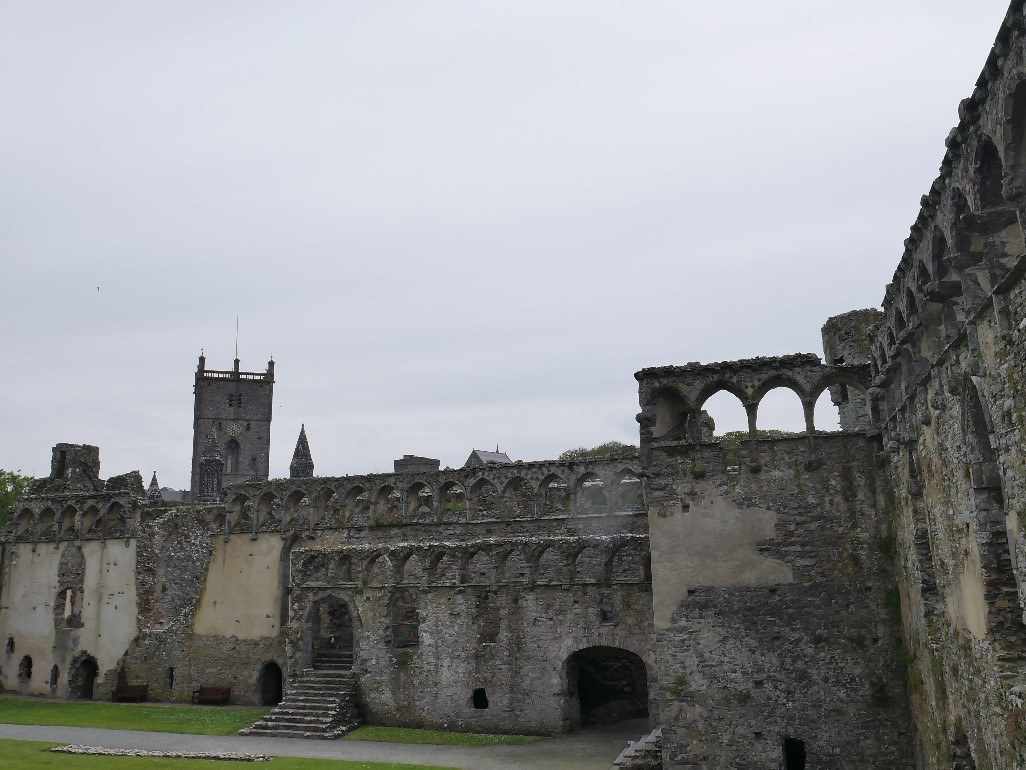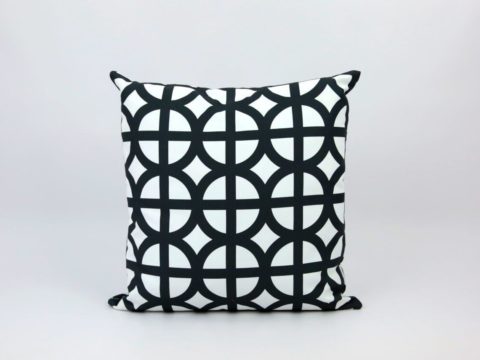St Davids Bishop's Palace
Chapter 3 : Decline
Despite its magnificence, by the end of the fourteenth century, the palace next to the cathedral was used less frequently by the bishops, who seem generally to have preferred their other palace at Lamphey (Llandyfai), some thirty miles to the south-east. The palace was not abandoned – in 1493 Bishop Hugh Pavey (bishop 1485 – 1495) paid William Barstable to be ‘keeper’ of the palace, at 8d per annum. This low sum suggests the office was merely formal, and that others did the actual maintenance and management.
This decline in the use of the palace may have reflected the financial decline of the diocese. Pilgrimages became less popular, with a consequent loss of income, and, with the advent of the Reformation, ceased altogether. As mentioned above, Bishop William Barlow, an appointee of Thomas Cromwell, petitioned to move the centre of the diocese to Carmarthen. This was rejected, but he moved his chief residence to a village just outside that city, and stripped at least part, if not all, of the palace of its lead roof. The subsequent Tudor bishops, Robert Ferrar (1548 – 1554), Henry Morgan (1554 – 1559), Richard Davies (1561 – 1581) and Marmaduke Middleton (1582 – 1594) all stayed in the palace from time to time, the latter complaining of its cold and damp.
In his map of Pembrokeshire, created in 1610, the cartographer John Speed illustrated the palace as partially roofed, but although it was ‘a goodly house’, the ‘uncovered tops’ were causing deterioration, leading the canons to expect it to collapse.
Bishop Milbourne (1615-1621) applied to George Abbot, Archbishop of Canterbury, for licence to demolish both the palace at St David’s and the episcopal castle at Llawhaden. The archbishop’s commission investigated, and a licence was granted, although it appears nothing was done, and Milbourne’s successor, William Laud (later Archbishop of Canterbury) looked into renovating the property. A survey was undertaken to estimate the extent of necessary works, and Laud visited in 1622.
In 1633, the palace was used for the last time by Bishop Theophilus Field for a meeting of the dean and chapter. Over the following two centuries, the palace gradually decayed. By 1810, the Great Hall was being used as a market garden. Restoration was mooted as part of the renovation of the cathedral in the 1820s, but it was not until 1932 that HM Commissioners for Works (the predecessor body to Cadw) carried out the works to preserve the palace as it stands today.

